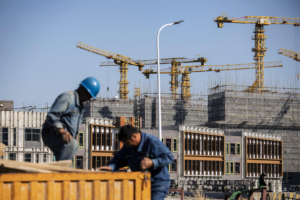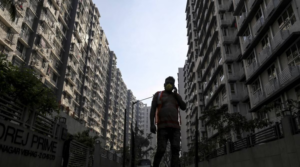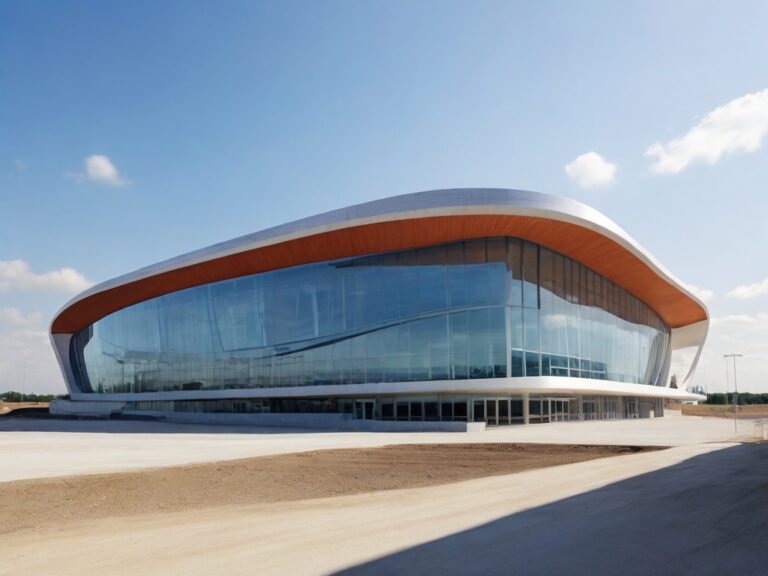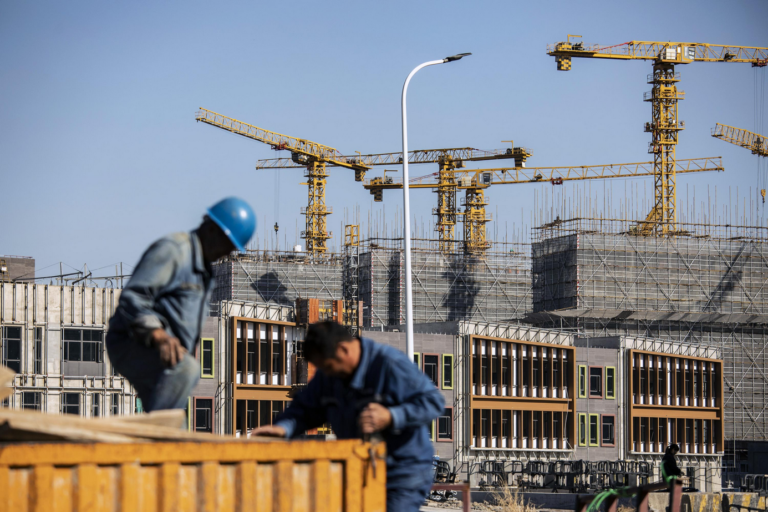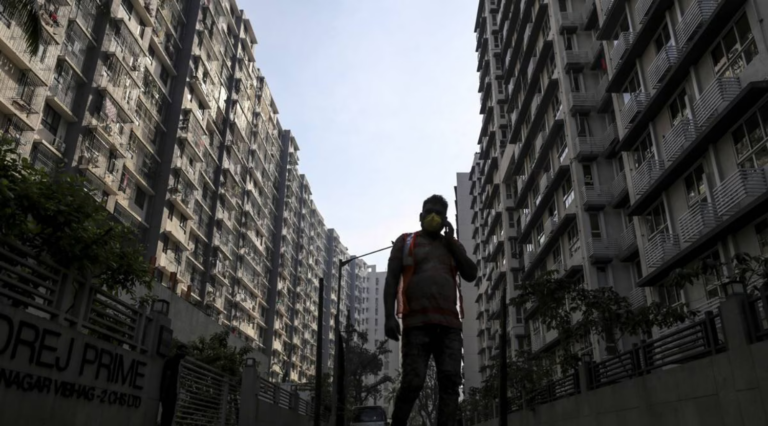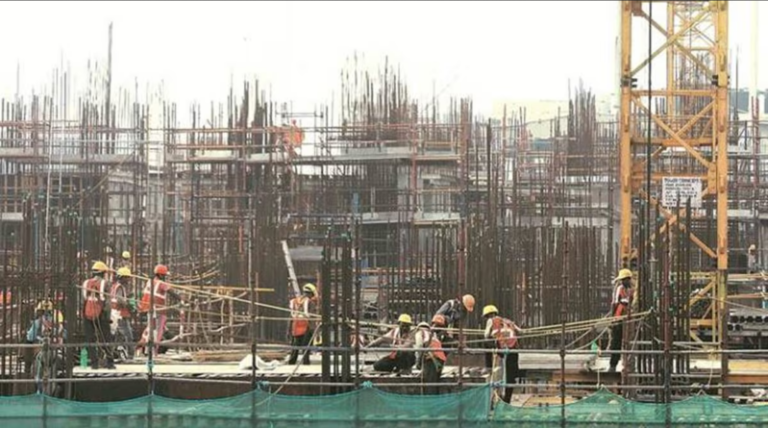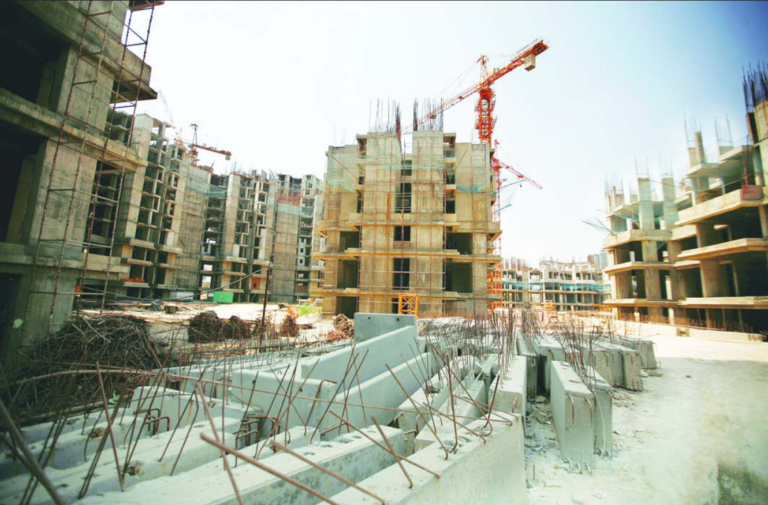The Uddhav Thackeray-led government in Maharashtra has significantly increased the bulk Floor Space Index (FSI), also known as floor area ratio, for construction activities in emerging cities and towns within the state. FSI is a tool that determines the permissible extent of construction on a plot, representing the ratio of total built-up area to the total plot area.
In a bid to stimulate real estate investments and boost economic activity beyond the Mumbai Metropolitan Region (MMR), the new unified development regulations in Maharashtra now allow an FSI of up to five for any commercial development on plots in both residential and commercial zones within municipal corporation limits. This initiative, introduced through the Unified Development Control and Promotion Regulation (UDCPR), is applicable across all municipal corporations, metropolitan areas, and municipal councils, excluding certain areas within Mumbai and specified “special planning areas.”
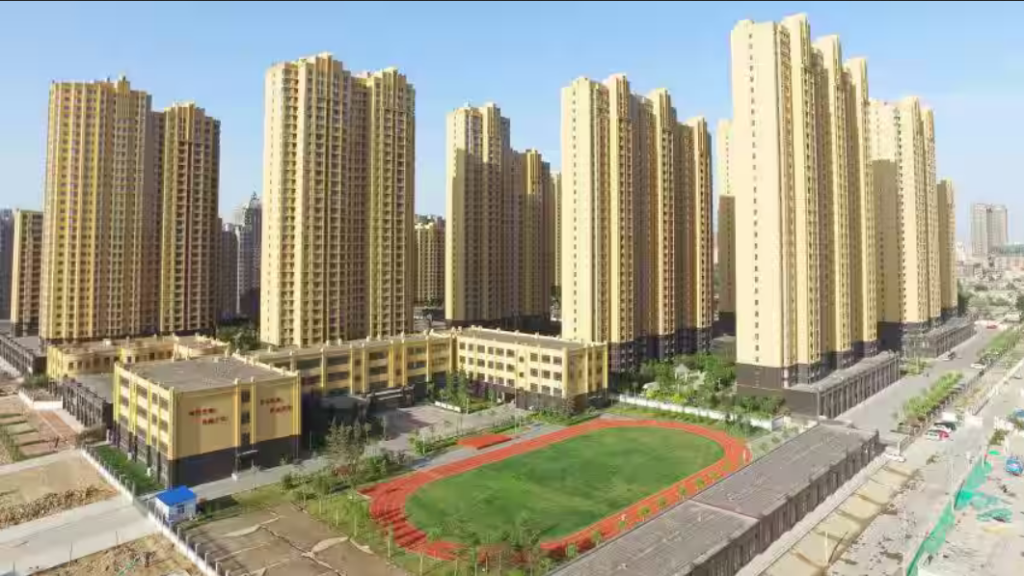
An FSI of five implies built-up areas up to five times the plot size, exceeding the current average commercial FSI usage of less than three in Maharashtra. Additionally, the new regulations introduce the concept of “ancillary FSI,” allowing 80% construction over and above the admissible FSI, upon payment of premiums. This provision increases the actual buildable space for commercial developments to as much as nine times the plot area. Ancillary FSI covers common areas like lifts, lobbies, staircases, and flower beds, which were previously excluded from FSI computation. For residential construction, a proposed ancillary FSI of 60% has been introduced.
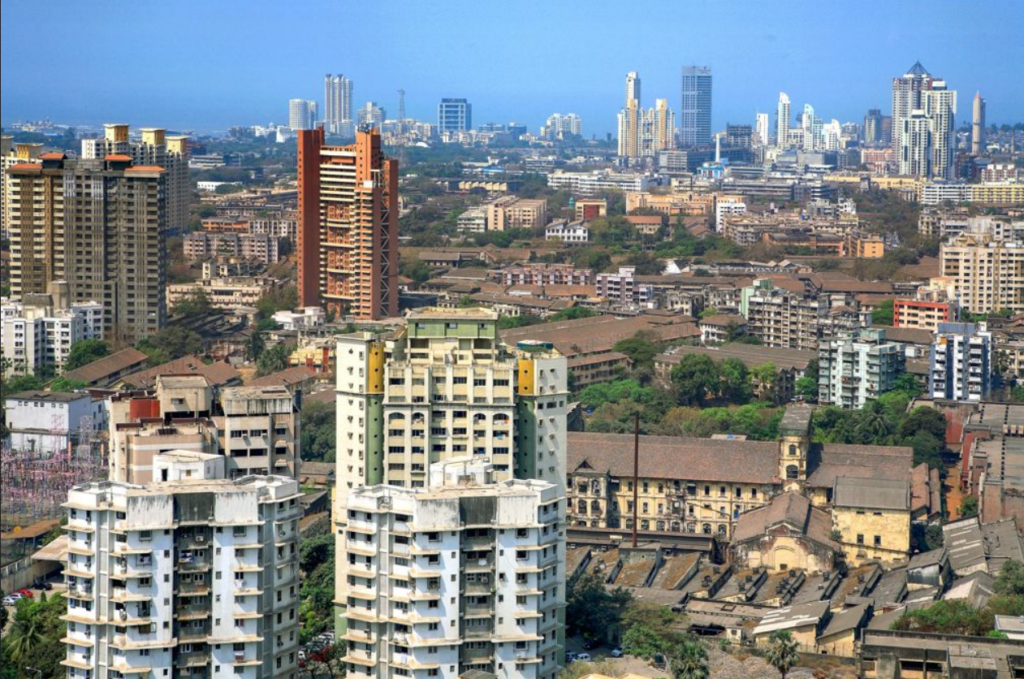
While the construction industry has welcomed the FSI hike, government town planners have raised concerns about the lack of indexing to the availability of physical and social infrastructure. The government argues that this move will encourage the development of more “commercial business districts,” but critics argue that it could be misused. The regulations state that such developments will be permitted only on wider roads and allow for residential construction up to 30% of the permissible FSI in commercial projects.
The UDCPR also raises FSI up to five for various special projects, including information technology and biotech parks across municipalities. However, high-rise developments outside MMR and other metropolitan areas will be limited to a maximum height of 70 meters or 33 floors. An FSI of three has been permitted for tourism and hospitality projects.

Linking the permissible construction on a plot to the width of the adjoining road, the new rules allow for an FSI ranging from 1.5 to three for residential activities and up to 1.4 for industrial activities. In Mumbai, where the basic FSI for a plot is one, this has been increased to 1.1 under the new UDCPR. Builders can also obtain additional FSI by paying 35% of the plot’s ready reckoner rate as a premium.
The FSI regime has also been made more liberal for affordable housing, slum redevelopment, and cluster redevelopment projects. Developers redeveloping old tenanted buildings will receive a 50% incentive, while non-tenanted ones will receive 30%. The government has announced additional 3-7% FSI incentives for “green” buildings, and ongoing projects have the option to migrate fully to the new rules.


